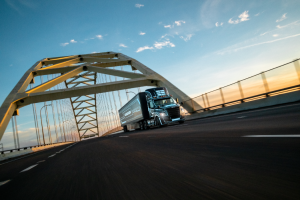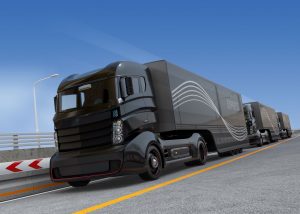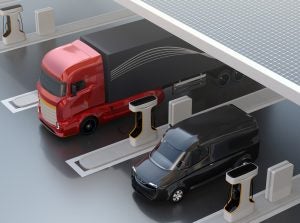 Last month truck manufacturers, environmentalists and others shared their thoughts on a multi-state draft action plan to spur zero emission medium- and heavy-duty trucks in 17 states, the Province of Quebec and Washington D.C.
Last month truck manufacturers, environmentalists and others shared their thoughts on a multi-state draft action plan to spur zero emission medium- and heavy-duty trucks in 17 states, the Province of Quebec and Washington D.C.
The plan, spearheaded by the Northeast States for Coordinated Air Use Management and developed by signatory states, was the culmination of months of educational webinars and stakeholder outreach and demonstrated the fruits of that labor. It was comprehensive and reflected the inclusion of a diverse array of perspectives and ideas.
The model action plan could be further strengthened to provide a roadmap for states that adequately addresses the climate and health imperative created by diesel trucks and buses. Read More




